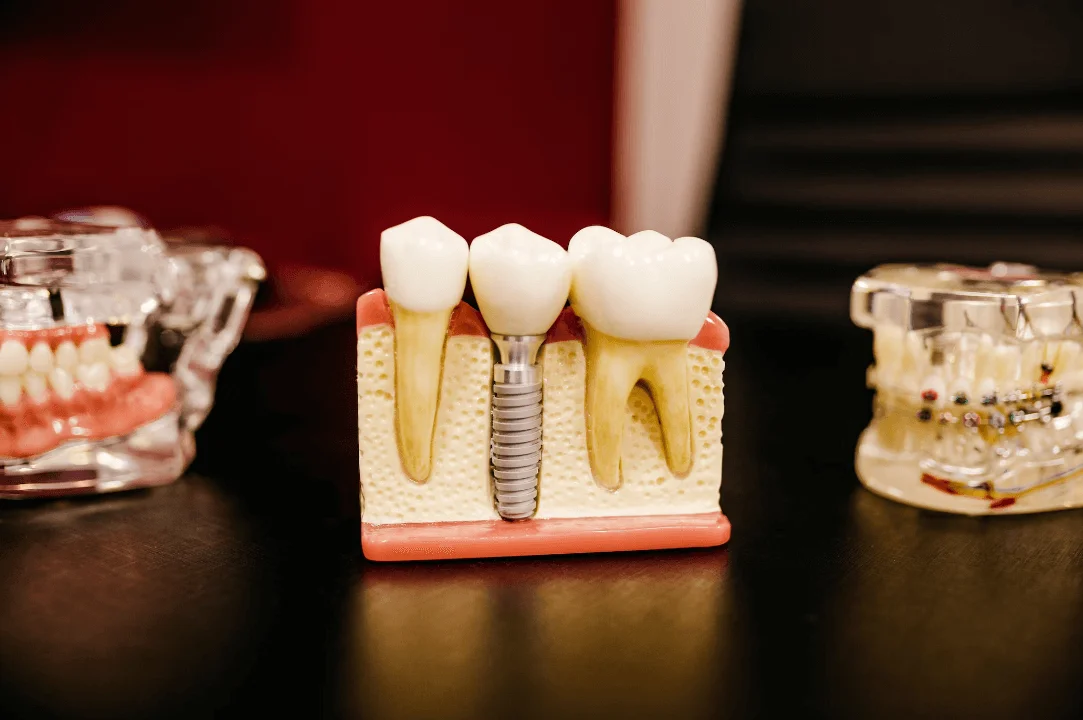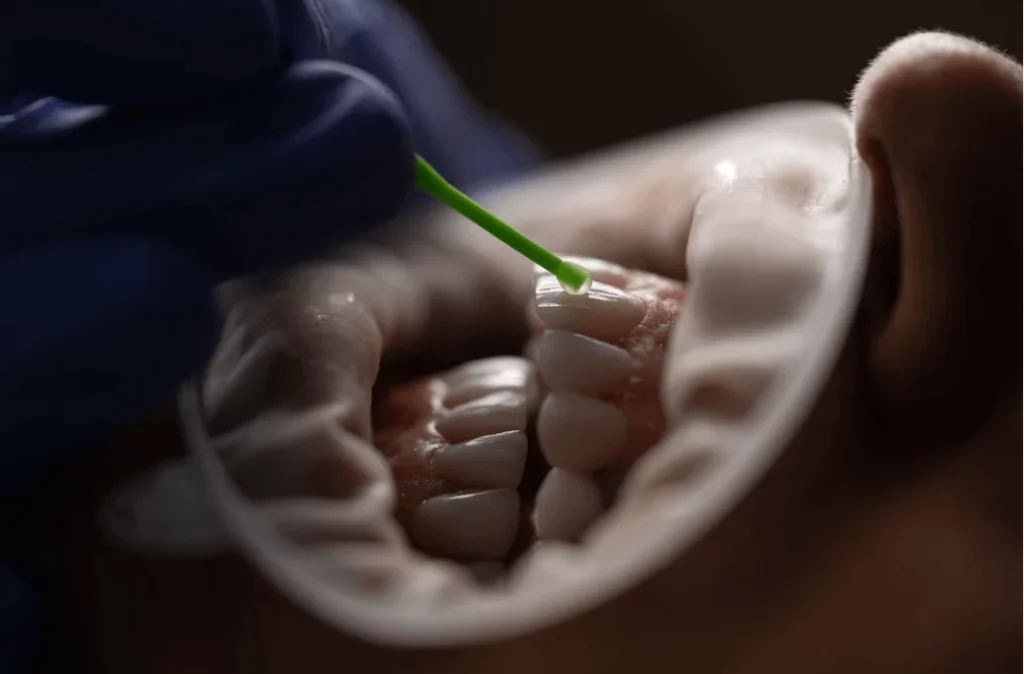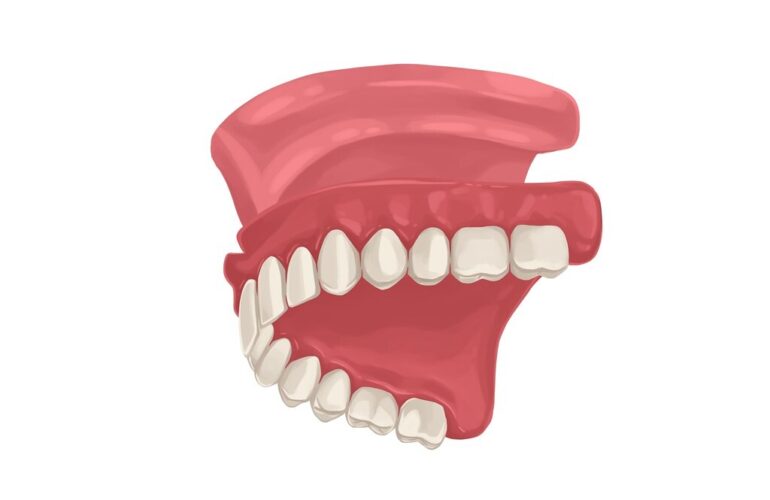In the intricate world of dental care, the term ‘root canal’ often rings with an ominous tone. However, this dental procedure, involving the removal of a tooth’s nerve, stands as a testament to modern dentistry’s ability to relieve dental pain and preserve natural teeth. This article will serve as your comprehensive guide to understanding why and how dentists remove the nerve from a tooth, ensuring that you will have information about this common dental nerve removal procedure.
Root Canal Defined: What is this Dental Procedure?
A root canal is a dental procedure often require when the pulp of the tooth, a vital part that contains the nerve and blood vessels, becomes infecting or inflame. This condition can lead to tooth pain and, if left untreated, tooth loss. The root canal process involves removing the dental pulp, cleaning the inside of the tooth, and sealing it to prevent further infection.
Why Would a Dentist Remove the Nerve from a Tooth?
Nerve removal, or a root canal, is recommending when the pulp inside the tooth gets infection. This infection can be due to deep decay, repeated dental procedures on the tooth, large fillings, a crack or chip in the tooth, or trauma to the face. Removing the nerve is a way to save the tooth and alleviate pain.
 What Symptoms Indicate the Need for a Tooth Nerve Removal?
What Symptoms Indicate the Need for a Tooth Nerve Removal?
If you experience severe tooth pain upon chewing or applying pressure, prolonged sensitivity or pain in response to hot and cold temperatures, discoloration of the tooth, swelling, and tenderness in the surrounding gums, or a persistent or recurring pimple on the gums, you may require a root canal.
How Do Dentists Extract a Tooth’s Nerve?
The process of nerve extraction from a tooth is intricate. Dentists use special instruments to remove the infected or inflamed pulp. The inside of the tooth is then carefully cleaned and disinfected before being filled and sealed with a rubber-like material called gutta-percha. Afterwards, the tooth is restored with a crown or filling for protection.
What is Root Canal Therapy or Endodontic Treatment?
Root canal therapy, also known as endodontic treatment, involves removing the dental nerve and pulp, cleaning the inside of the tooth, and sealing it to protect against future microbial invasion. Moreover, this therapy can save a tooth that would otherwise need extraction.
Are There Alternatives to Nerve Removal in Dental Treatment?
The main alternative to a root canal is tooth extraction. This may be chose if the tooth is so severely damage that it cannot be able save. In such cases, the extracting tooth may replace with an implant, bridge, or partial denture to restore chewing function and prevent adjacent teeth from shifting.
What Happens During the Extraction of a Tooth’s Nerve?
During a root canal procedure, after numbing the tooth, the dentist will place a protective sheet called a dental dam around the tooth to keep it clean and free of saliva. Therefore, they will then drill an opening in the crown of the tooth, remove the pulp with special tools, and clean the pulp chambers.
Is There Pain Associated with Removing the Dental Nerve?
With modern techniques and anesthesia, nerve removal in a tooth is now a relatively pain-free procedure. While you may experience some discomfort during the procedure, it’s usually minimal and can be manage with pain medication.
Post-Procedure: What to Expect After Having a Nerve Removed?
After a root canal, the tooth may feel sensitive for a few days due to tissue inflammation, especially if there was pain or infection before the procedure. This discomfort can usually control with over-the-counter pain medications.
Protecting the Tooth Post-Procedure: What Are the Steps?
Once the root canal therapy starts completing, you need to protect the restored tooth with proper dental hygiene. This includes brushing twice a day, flossing daily, and regular dental checkups and cleanings. Sometimes a follow-up restoration require to further protect the tooth.
In Summary:
- Root canals are necessary when the pulp of the tooth, which contains the nerve, becomes infected.
- Symptoms like severe pain, sensitivity, and gum swelling can indicate the need for this procedure.
- The process involves removing the pulp, cleaning the tooth’s interior, and sealing it.
- Alternatives to root canals mainly include tooth extraction and replacement options.
- Modern dental practices have made root canals a manageable procedure with minimal discomfort.
- Post-procedure care is essential for the longevity of the treated tooth.
Our Dental office is located at 12260 SW 8th St Suite 226 Miami FL 33184, We are Open on Saturdays. Thank you.
Book your appointment today with Dental Blush by using this number 305 553 0666 for quality dental care in Miami!
Whether you need to extract the nerve, Restore and protect your beautiful smile today!


 What Symptoms Indicate the Need for a Tooth Nerve Removal?
What Symptoms Indicate the Need for a Tooth Nerve Removal?

